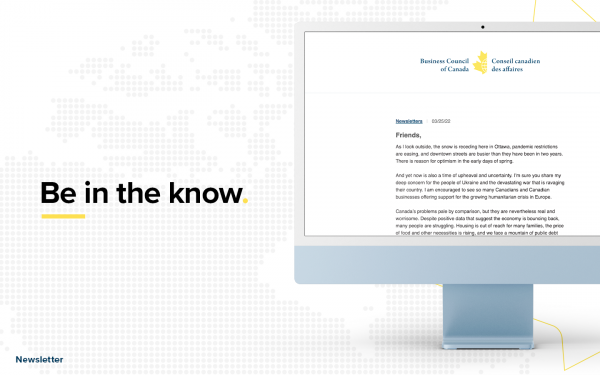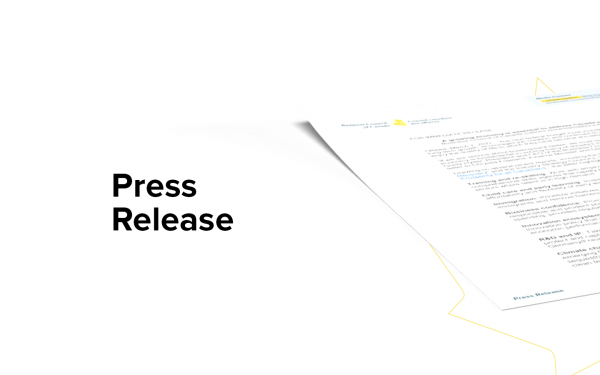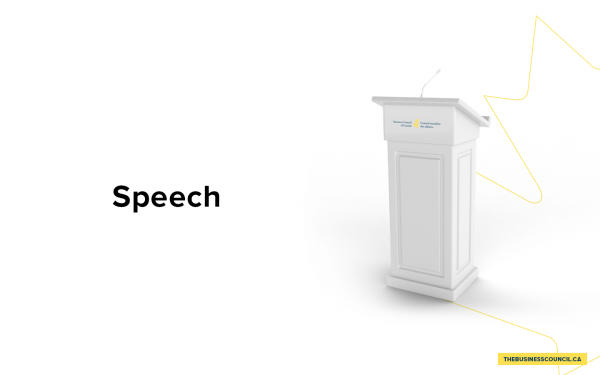Financial warnings for Canada from the U.S. debt-ceiling game of chicken
As published in the Toronto Star
Thank goodness American politicians finally figured out a way to agree to a new debt ceiling that will allow them to pay their bills and service their debt.
The game of chicken that rattled nerves and markets around the world served to remind us all of a few uncomfortable truths.
The American economy and the health of its debt load are central to financial stability everywhere. The world of finance was on the edge of its seat with the realization of the chaos that would ensue if the world’s largest economy and the owner of the world’s reserve currency couldn’t figure out how to get to the next day.
Canadians are well aware of our dependence on the health of the American economy, of course.
But this was also a wake-up call to Canada about how valuable maintaining a triple-A credit rating can be.
Canada has a triple-A credit rating, and no one is suggesting it is at risk.
But suddenly in the midst of the American debt-ceiling saga, their pristine credit rating was indeed in question.
Fitch Ratings Agency put the U.S. federal government on notice that it was in line for a possible downgrade because of all the political shenanigans around the debt. And even after the U.S. Senate passed legislation allowing President Joe Biden to lift the debt ceiling, Fitch was still sounding the warning bell.
America’s ‘AAA” credit rating will remain on negative watch, mainly because Fitch isn’t convinced the political standoff around spending and fiscal policy is over.
“However, Fitch believes that repeated political standoffs around the debt-limit and last-minute suspensions before the x-date (when the Treasury’s cash position and extraordinary measures are exhausted) lowers confidence in governance on fiscal and debt matters,” the agency stated.
OK, but that’s the U.S., not Canada. We have held on to our good grades for decades, except for the occasional blip.
Fitch took Canada down a notch three years ago when federal spending surged at the beginning of the pandemic. Otherwise, we have to look back to the early 1990s to detect much concern among rating agencies about Canada’s ability to service its obligations.
And indeed, until now, when Prime Minister Justin Trudeau and Finance Minister Chrystia Freeland so frequently offered up the AAA credit rating as the anchor that keeps fiscal policy and spending in line, it seemed facile.
Not to be taken for granted
As other spending rules and guardrails fell by the wayside, they reassured the public that increased government spending was completely affordable, mainly by pointing to the credit agencies’ top-notch assessment of Canada’s debt. They argued that as long as Canada is rated at a triple-A level, investors around the world will finance our debt, accept a competitive return on their investment, and continue to show their faith in the Canadian economy by their actions.
But it’s not something we can take for granted.
In April, Standard and Poors downgraded British Columbia’s debt and warned of a negative outlook for the province because of its debt levels, its deficits and its low levels of cash on hand.
That’s the last thing Canada needs right now.
The problem business leaders see with even a small downgrade in today’s environment is that high interest rates — which the Bank of Canada has raised dramatically to fight inflation and slow down the economy — mean it’s already costing Ottawa more than expected to service its debt. Last Wednesday’s rate increase already has markets pricing in another one next month, and so borrowing is more and more expensive.
At the same time, the federal government’s plan to whittle down its deficits and put the debt burden on a downward track are nebulous, to put it mildly.
The preliminary deficit for the 2022-23 fiscal year is measuring $44 billion, before year-end adjustments are made.
In the past few weeks, Ottawa has been promising billions more to the auto sector to ensure foreign investment in the electric vehicle supply chain, caught up in a subsidy war with the U.S. and others. And the department of finance just went to Parliament to ask for an extra $22 billion to cover off unexpected costs of settlements for First Nations children and agricultural claims, among other things.
As former Bank of Canada governor David Dodge and the Business Council of Canada’s Robert Asselin have shown, even before the current round of spending took hold, the federal government was underestimating future costs, putting their fiscal policy at risk if interest rates are high.
When a credit agency gives a government a bad mark, the interest rate it has to pay investors usually rises proportionately — putting further pressure on the federal government, business and anyone else borrowing money.
And now, credit agencies provoked by the standoff in the U.S. have signalled they’re not just looking at debts, deficits and liquidity. They’re also looking at a political system’s ability to deal with fiscal policy. They’re constantly re-evaluating governments as they wrestle with unpredictable growth, high rates, stubborn inflation and bitter politics.
Individual Canadians are already feeling the pinch, saddled with big mortgages and household debts that are getting harder and harder to carry in the face of loans that are becoming more expensive. Anyone bracing for a reset of their mortgage in the next few months knows that all too well.
Business leaders are increasingly of the view that a government facing the same stress won’t do any of us any good.
The converse, however, is true. A country that signals to the world that it is disciplined in its spending has an automatic advantage these days.










